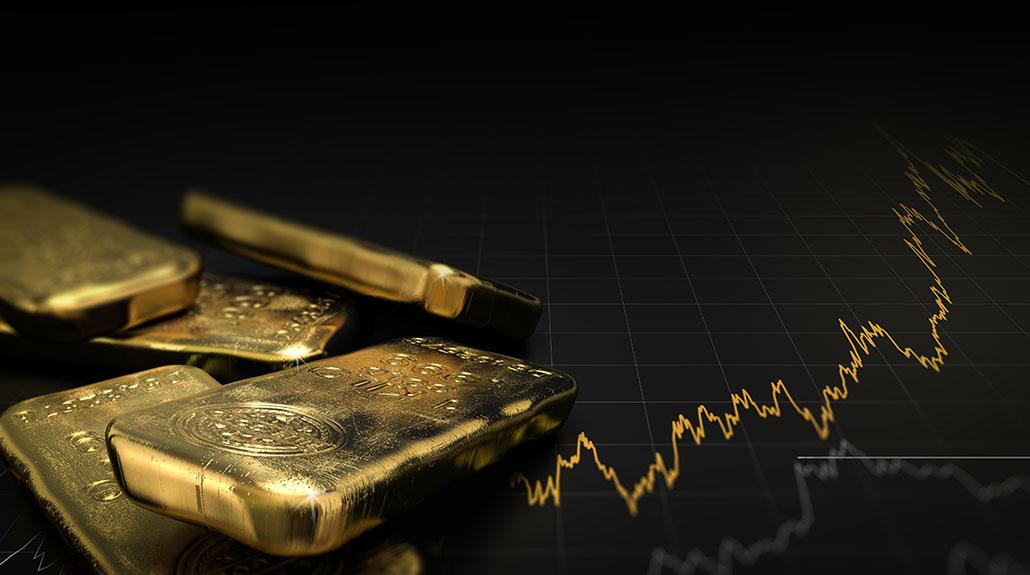Gold is now sought after not just for investment and jewelry, but also for usage in the creation of certain electrical and medical gadgets. So, if you own this precious and multi-use metal, you probably wondered why gold prices fluctuate so often, and how is gold price determined. Look no further than this article as we explore what factors contribute to how gold price is determined.
The Demand for Gold
One factor that affects the price of gold? It is the demand for gold. After all, without the demand for gold, gold cannot be sold and it would then be deemed worthless at an extremely low price. So, what makes gold prices so pricey? It is because regular gold purchasers from several extremely successful businesses drive the global demand for gold. Take the jewelry sector for gold as an example. The jewelry sector alone purchases half of the gold bullion available in any given year.
And this is mostly purchased by China, India, and the United States. Apart from the jewelry sector, the central bank is another factor driving strong gold purchases and the demand for gold. Not only do their consistent large purchases of this precious gold metal help to convert part of their money into tangible assets, but it also has a significant impact on the current market prices and the nation's purchasing power.
The Value of the Currency
The value of the currency is another factor that contributes to how gold price is determined. This is because the market price of pure gold, like most other precious metals, is inversely related to the value of the currency. It serves as a buffer against bad economic times for the common investor. And what does this mean for you? If the market takes a turn for the worst, diversifying your assets into bullion-like coins or bars prevents them from being entirely worthless. For instance, if the US currency is strong and has a high value, it means that there is stricter regulation of gold prices. In contrast, the weaker our currency becomes, the greater the demand for gold to protect investors' assets.
The Supply for Gold
Just like how the demand for gold can affect the price of gold, the supply of gold can also contribute to how gold price is determined. After all, it works in a supply and demand relationship - where any changes in the supply of gold, regardless if it is a positive or negative change, will have an impact on gold demand and price. Major gold mining operations across the world produce several tonnes of gold every year, ensuring that global supply remains consistent, demand remains low, and price swings are kept to a minimum. Mines, on the other hand, must dig further and deeper to uncover viable veins in order to sustain the gold rate. Mining corporations need more money to keep deep mines running, but brittle rocks and other issues put miners' health in danger. Because of these variables, operating a mine typically costs considerably more than selling the gold they uncover at a market price would recoup; as a result, the value rises in proportion to the mine's operating expenses, raising demand.
